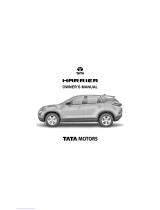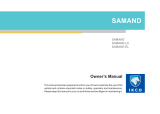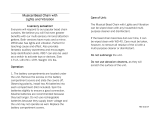
1
2
3
4
5
6
7
3
2-3. Operating the lights and
wipers
Headlight switch.................. 134
Fog light switch................... 137
Windshield wipers and
washer.............................. 139
2-4. Using other driving systems
Cruise control...................... 142
Driving assist systems ........ 146
2-5. Driving information
Cargo and luggage ............. 151
Vehicle load limits............... 154
Winter driving tips ............... 155
Trailer towing
(except Canada)............... 159
Trailer towing (Canada) ...... 160
Dinghy towing (vehicles
with an automatic
transmission) .................... 175
Dinghy towing (vehicles
with a manual
transmission) .................... 176
3-1. Using the air conditioning
system and defogger
Air conditioning system....... 180
Rear window and outside
rear view mirror
defoggers.......................... 188
3-2. Using the audio system
Audio system types............ 189
Using the radio................... 192
Using the CD player........... 199
Playing back MP3 and
WMA discs....................... 205
Optimal use of the audio
system.............................. 213
Using the AUX port............. 216
Using the steering wheel
audio switches.................. 218
3-3. Using the interior lights
Interior lights list ................. 221
• Interior light ...................... 222
• Personal lights.................. 222
3-4. Using the storage features
List of storage features....... 223
• Glove box......................... 224
• Console box..................... 224
• Cup holders (front)........... 225
• Cup holders (rear)............ 226
• Bottle holders................... 227
• Auxiliary box..................... 227
3-5. Other interior features
Sun visors........................... 229
Vanity mirrors..................... 230
Clock .................................. 231
Portable ashtray................. 232
Power outlet ....................... 233
Armrest............................... 234
Floor mat............................ 235
3
Interior features























